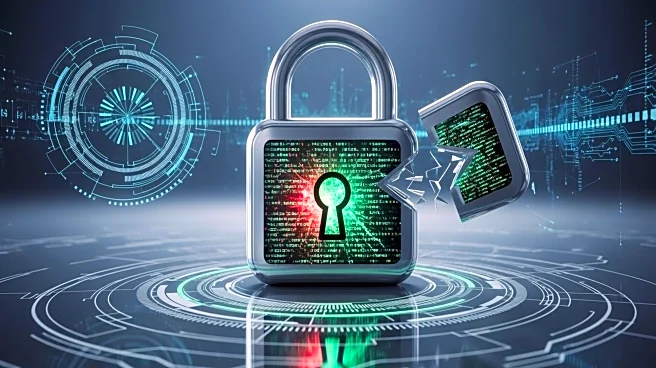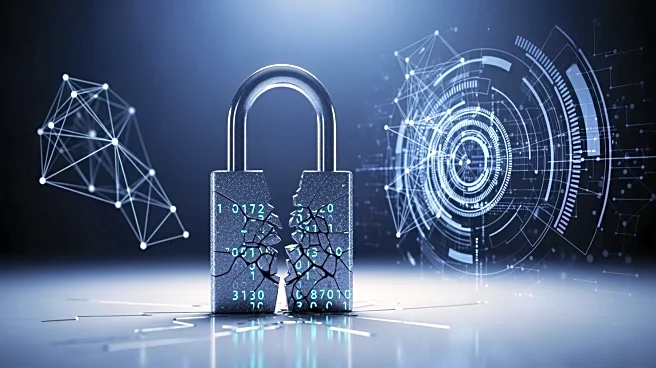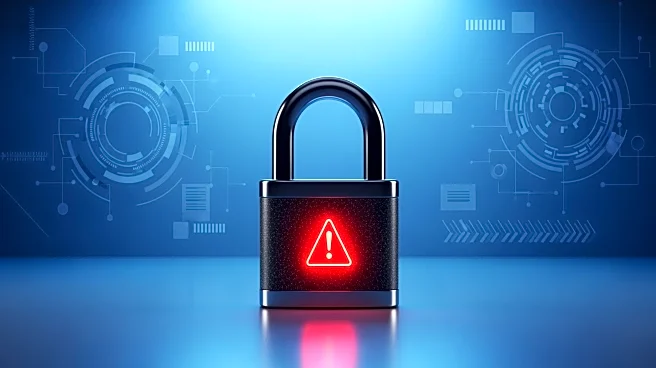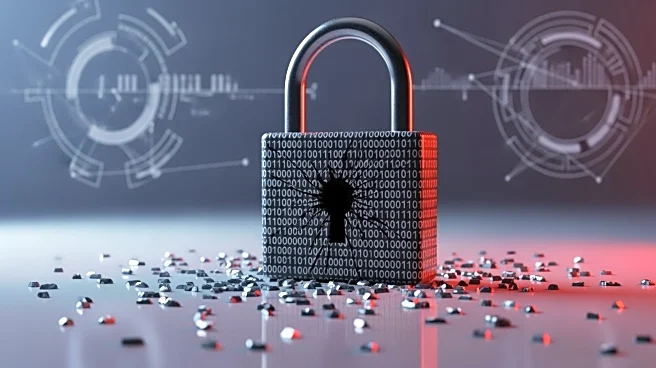What's Happening?
The Lumma Stealer, a prominent information-stealing malware, has seen a significant drop in activity after the identities of five alleged core members were exposed. Lumma Stealer, offered as malware-as-a-service
(MaaS) since August 2022, was targeted by law enforcement in May but resumed operations shortly after. However, a recent doxxing campaign, allegedly driven by competitors, has unveiled personal and operational details of several supposed core members, leading to changes in the malware's infrastructure and communications. The campaign published sensitive information such as passport numbers, bank account details, and social media profiles of the group members on a website named 'Lumma Rats'. This exposure has compromised the group's communication channels, notably their Telegram account, resulting in a sharp decline in the malware's activity.
Why It's Important?
The decline in Lumma Stealer's activity is significant for cybersecurity stakeholders, as it disrupts a major player in the information-stealing malware market. This development forces cybercriminals to seek alternative solutions, with Vidar and StealC emerging as popular replacements. The shift impacts the pay-per-install service Amadey, previously used for Lumma Stealer distribution, and encourages other MaaS operators to aggressively market their services. This could lead to the emergence of new, stealthier infostealer variants, posing fresh challenges for cybersecurity defenses. The incident highlights the impact of internal conflicts and competitive rivalries within cybercriminal networks, potentially leading to further disruptions and shifts in the cybercrime landscape.
What's Next?
The exposure of Lumma Stealer's core members may lead to increased law enforcement scrutiny and potential arrests, as authorities capitalize on the disclosed information. Cybersecurity firms and law enforcement agencies might intensify efforts to dismantle similar operations, leveraging the vulnerabilities exposed by the doxxing campaign. Meanwhile, the cybercriminal community is likely to adapt by developing new malware variants and distribution methods, aiming to evade detection and maintain their operations. The situation underscores the need for continuous monitoring and adaptation by cybersecurity professionals to counter evolving threats.
Beyond the Headlines
The ethical implications of doxxing, even within criminal networks, raise questions about privacy and the potential for misuse of personal information. While the exposure disrupts criminal activities, it also highlights the risks of vigilante actions and the potential for collateral damage to individuals wrongly identified or implicated. This incident may prompt discussions on the balance between cybersecurity enforcement and ethical considerations in handling sensitive information.












